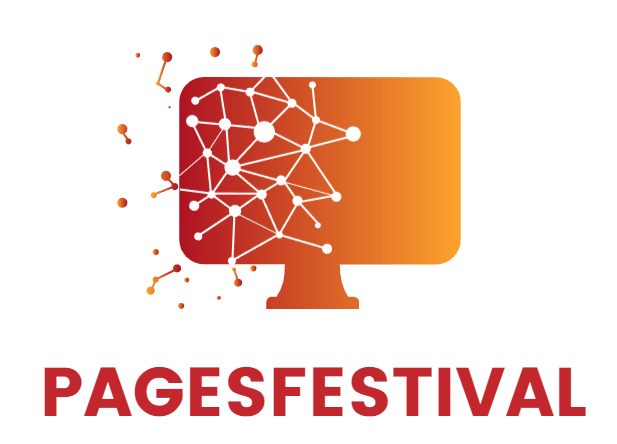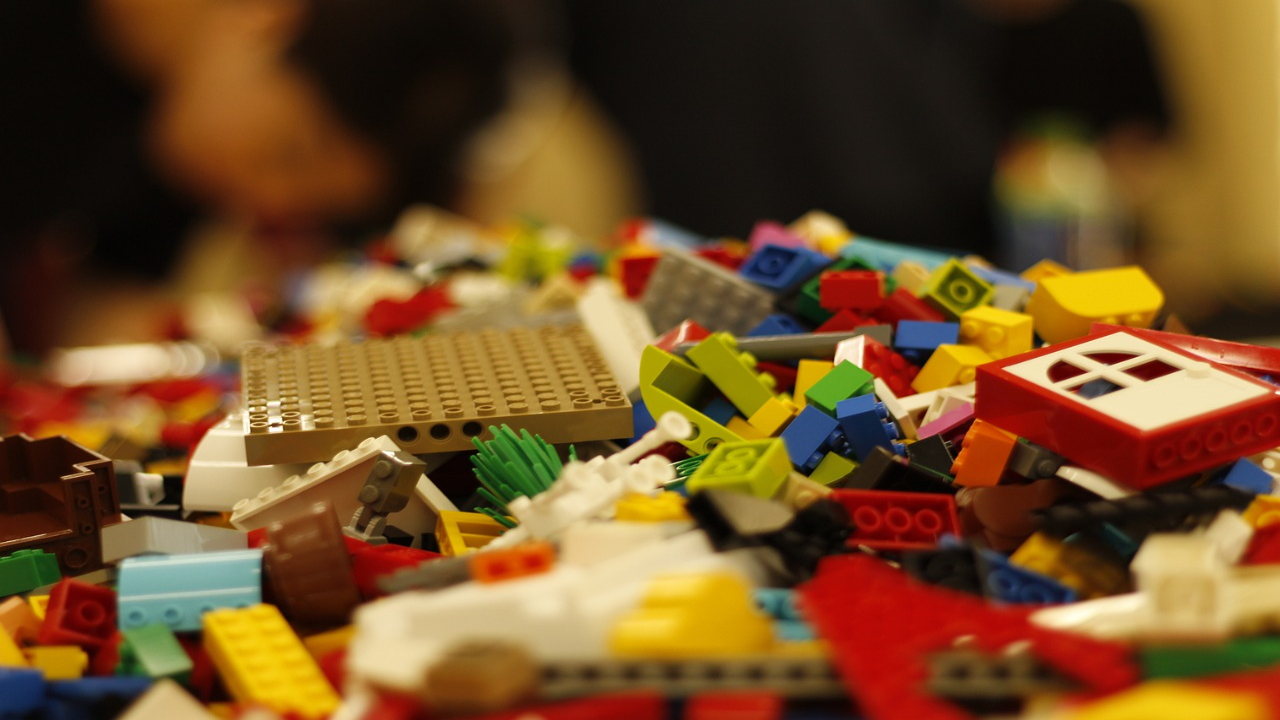In the pursuit of a sustainable and eco-friendly future, individuals and companies around the world are increasingly looking for ways to reduce their environmental impact. One area where this transition is gaining momentum is in the choice of construction toys for children. In recent years, Chinese LEGO alternatives have emerged as a viable and eco-conscious option for parents who are committed to building a greener tomorrow for the next generation.
The Environmental Impact of Traditional LEGO
While traditional LEGO has been a beloved toy for generations, it comes with environmental concerns. The production of traditional LEGO bricks involves the use of petroleum-based plastics, contributing to the depletion of fossil fuels and the emission of greenhouse gases. Additionally, the disposal of these plastic toys often leads to environmental pollution, as they can take centuries to decompose in landfills.
Chinese LEGO Alternatives: A Greener Choice
1. Biodegradable Materials
One of the key advantages of Chinese LEGO alternatives lies in the use of biodegradable materials. Some Chinese toy manufacturers have adopted innovative materials such as plant-based plastics and bio-composites, which break down more easily in the environment compared to traditional plastics. This shift reduces the long-term environmental impact of the toys, making them a more sustainable choice.
2. Reduced Carbon Footprint
Chinese LEGO alternatives often boast a smaller carbon footprint compared to their traditional counterparts. By utilizing locally sourced materials and manufacturing processes that prioritize energy efficiency, these alternatives contribute to the overall reduction of greenhouse gas emissions. Choosing toys with a lower carbon footprint aligns with the global effort to combat climate change and build a more sustainable future.
3. Sustainable Packaging
Beyond the composition of the toys themselves, Chinese LEGO alternatives often prioritize sustainable packaging. Many traditional toys come encased in excessive plastic packaging, contributing to the growing issue of single-use plastic waste. Chinese alternatives frequently use eco-friendly packaging materials, such as recycled cardboard, reducing the overall environmental impact from production to disposal.
4. Ethical Manufacturing Practices
Chinese LEGO alternatives have also made strides in adopting ethical manufacturing practices. Some companies prioritize fair labor conditions, ensuring that workers are treated fairly and paid a living wage. This commitment to ethical practices extends beyond the environmental impact, promoting social sustainability in the production of toys.
Challenges and Criticisms
Despite the positive aspects of Chinese LEGO alternatives, they are not without challenges and criticisms. Consumers worry about potential toxins or allergens in biodegradable materials. However, reputable Chinese toy manufacturers adhere to strict quality standards and conduct thorough safety testing to ensure their products meet international safety regulations.
Another criticism revolves around the lack of recognition of intellectual property rights. However, some companies prioritize original designs, demonstrating that the Chinese toy industry is evolving to address these concerns.
Educating Consumers
As the shift towards Chinese LEGO alternatives gains momentum, there is a crucial need for consumer education. Educational campaigns and transparent communication from manufacturers can play a pivotal role in informing consumers about the benefits of making greener choices by choosing these Non-lego brick sets.
Conclusion
Building a greener tomorrow involves making conscious choices in all aspects of our lives, including the toys we provide for our children. Chinese LEGO alternatives offer a promising avenue for environmentally ethical manufacturing practices. As consumers become more informed and demand eco-friendly options, the adoption of Chinese LEGO alternatives may contribute significantly to building a greener and more sustainable tomorrow.


